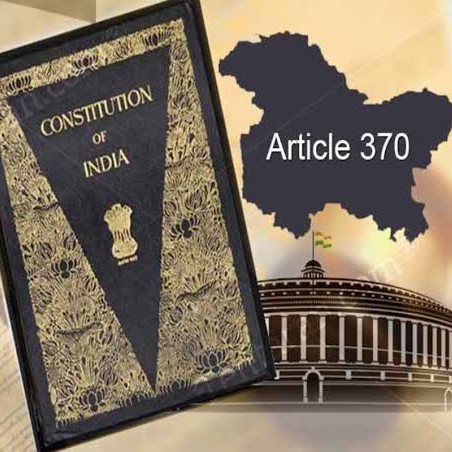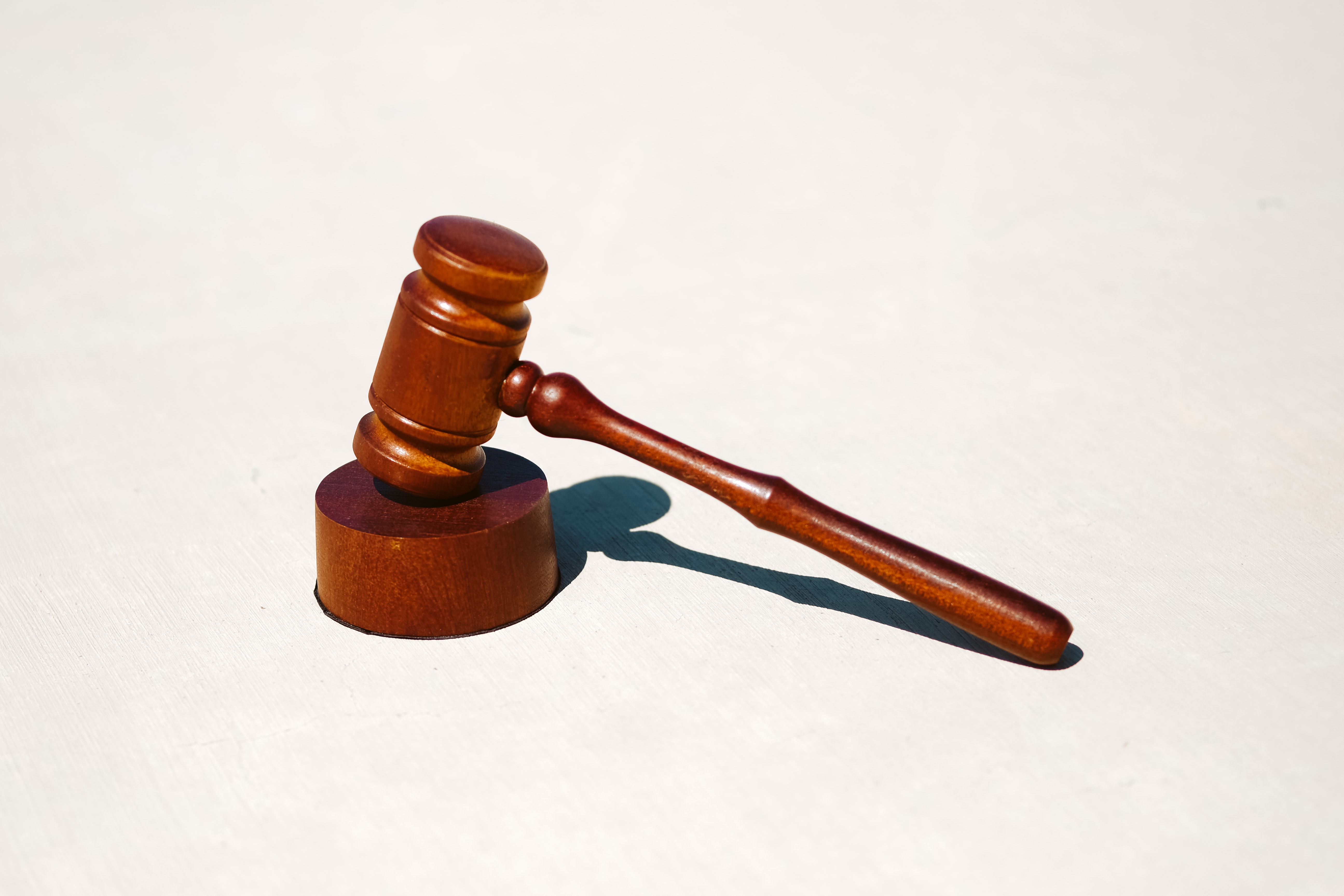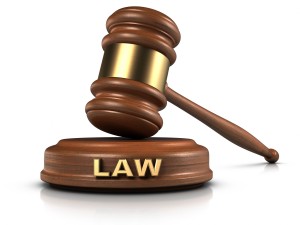_Dr. B.R. Ambedkar.
The above demure of the chief architect of Indian Constitution, Dr. B.R. Ambedkar, is a lucid manifesto of his dissension on the existence of Article 370, which supposed to give an ascendancy to the erstwhile State of Jammu & Kashmir. If one looks at the epoch, it may understand the strain of events that occurred during the mid. of the 20th century. Maharaja Harisingh wasn’t devised to accede with the Dominion of India after the partisan took place. It was ineluctable for him to avoid the menace when he sustained the attack led by the Pakistani Military, which occurred just after the independence came to India with a wrapper of suspense with respect to this region. However, Maharaja had to inescapably sign the Instrument of Accession with India in 1947 and became a part of this nation. There were several other princely states which signed the same instrument with India and consequently have become full-fledged states of the Nation. But the modus operandi wasn’t the same in the case of J & K. The only deviation was, all other states have signed the Instrument of Accession with the Merger Agreement and the later wasn’t present in the case of J & K. However, Article 370 wasn’t any part and parcel of the said Instrument, rather, it was demanded by Seikh Abdullah, the then Prime Minister of J & K (till 1953) and included in the Constitution of India in 1949, later it came into force in 1952. Thus, it was nothing but a temporary provision by itself, which paved the avenue for Indian Parliament to legislate ‘only’ in respect of Defense, External Affairs & Communication.
THE PROFUNDITY OF ARTICLE 370 – AN ACUTE ANALYSIS
A clear understanding of the ‘Temporary’ status of this Article endured with its own headnote, i.e., “Temporary provisions with respect to the State of Jammu and Kashmir”. Not only that, but Clause (3) of this Article also consigned whopping power to the President of India to abrogate it or to modify it according to the recommendation made by the Constituent Assembly of the State.
The aforesaid provision has come before the Honorable Apex Court of India on a number of occasions. In State Bank of India vs Santosh Gupta & Ors. 1, the Apex Court has shown some sort of tryst with the permanency of this Article and held that “…though intended to be temporary or transitional, has become a permanent feature of the Constitution for the reasons mentioned in Article 370(3) that says that without recommendations of the State Constituent Assembly, it couldn’t be abrogated.” Again in Prem Nath Kaul vs State of J & K 2 it was held that the President of India can order under this Article only with the concurrence of the J&K legislature, which somehow yielded the same avenue for ‘permanency’. But in Sampath Prakash vs State of J&K 3, the court held that any order passed by the President is constitutional. The last judgment has somehow snatched the Permanent status of the erstwhile state and tried to maintain its impermanency of the Article and leveraged the Presidential order to that effect. Although in the present scenario, the above ambivalence has been completely terminated with the Parliamentary decision to abrogate Article 370. But still, the skepticism remains with the methodology that has been adopted by the Parliament of India to abrogate the said provision, as it was required to have concurrency with the J&K Constituent Assembly and the Constituent Assembly stood dissolved on 26 January 1957.
However, the allegory will be tarnished if a proper interpretation of the whole procedure that has been adopted by the Parliament to abrogate the Article can be explicated in detail. The metaphor that has been embraced by the Parliament was nothing but Article 367 of the Indian Constitution. This Article deals with the “Interpretation” of the Constitution.
Within the hedge of Article 367, the Parliament has interpreted the “Constituent Assembly of J&K” lying under Clause (2) of the Article, which has been dissolved, as the “Legislative Assembly of the State.” But just before the abrogation of the said Article the erstwhile State was under President’s Rule. Thus, there was no State Assembly at that point in time. Thus the Parliament has operated with the efficacy of Article 367, by interpreting the same as the Office of the Governor of the State. Thus, right that moment as per Article 370(3) the concurrence was required with the Governor of the State. In this way, the Article has been scrapped by the Government of India.
AN ANALYSIS OF THE DECISION & PRESENT STATUS OF THE ERSTWHILE STATE OF J&K
During the whole procedure of scrapping down the said Article, the Government of India has taken several drastic steps to ensure stability in law and order in the region. Just prior to the introduction of the Presidential order, a large quantity of troops has been deployed, causing panic and fear to the inhabitants of the region. Political leaders were kept under house arrest. Mobile and Internet connections were terminated. These all caused massive fulmination and exclamation within several political parties and activists. They opined these are the traits of an autocratic country and not of a Parliamentary Democracy. Instead of the upsurge of protests, the step was required due to several internal as well as external factors.
The United States was going through a Peace Talk with the Taliban. The US is willing to step back from Afghanistan as it did in Vietnam as well. Such a measure will give a deterrent strike to the Civilian Government of Afghanistan and the power will be back to the Taliban, which is controlling the nation in more than 50% of its territory. If such happened in reality, India’s security will be threatened, because several Terror outfits are presently exist in the Indo-Pak border areas that have a strong connection with the Taliban. Secondly, from the time of the inception of this Article, it was very temporary in nature. To give back normalcy in the region, it is necessary for the Indian Parliament to have full control over the territory of J&K. Pakistan has stated that freedom of the J&K people has been snatched by the Indian Government. But this is far from the truth. Still, Pakistan is willing to drag the matter into the United Nations. But in a recent statement from UNSC, it is so clear that four out of five permanent members (except China) of that body have supported India’s decision. Again United Nations has conveyed its view on India’s decision and it said that Kashmir is completely an internal matter of India and there is zero scopes for any third party to mediate into it, of course by virtue of the Shimla Accord, 1972, Pakistan has to conclude the issue with India ‘Bilaterally.’
China is not doing well with the decision as its apprehension is on the Aksai Chin. But the External Affairs Minister of India has conveyed that India’s stand on Aksai Chin has not been changed. Presently, after the abrogation of Article 370, their whole region has been bifurcated into two Union Territories, i.e., Union Territory of J&K with a legislature and Union Territory of Ladakh without a legislature. The present stand of the government is not only admirable but also it was a desideratum for giving back the normalcy into the region and bringing up socio-economic development in the territory of Ladakh, which remained untouched by any government came into power at the Centre.
One cannot ignore the fact that, even after 72 years of special status, the region didn’t experience any socio-economic development. The political anarchy was in vogue for the whole of this time period. Regional leaders have failed to check this menace. Terror attacks have become a regular schedule to face for the people. Law and order were also not proper. Thus, welcoming the decision it should be concluded by stating that, unity and integrity of India shall have to be there in respect of every stance. This is the nature of our political and social needs for the time.
END NOTES:
- Civil Appeal No. 12237-12238 of 2016
- 1959 AIR 749, 1959 SCR Supl. (2) 270
- 1969 AIR 1153, 1969 SCR (3) 574
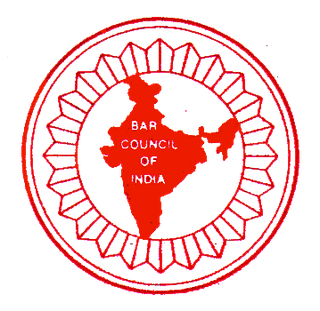
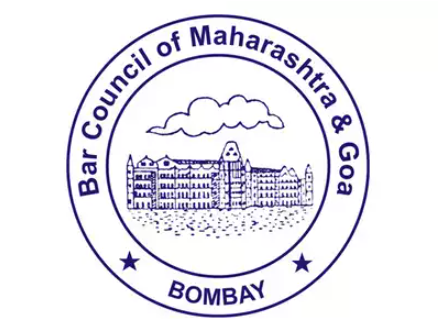
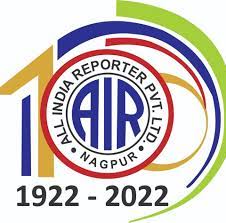
 WhatsApp
WhatsApp